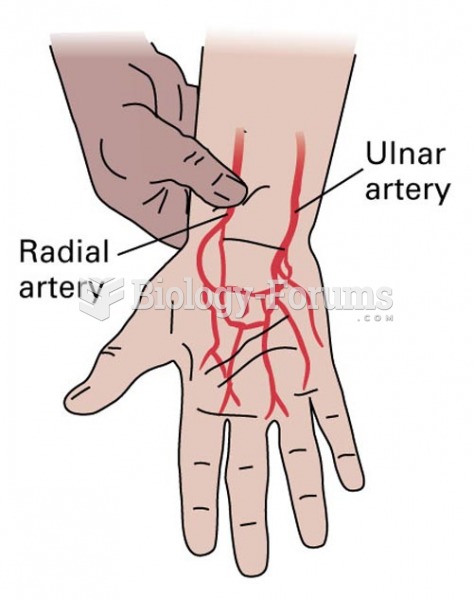Answer to Question 1
2
Explanation:
1. If the capillary refill is over 3 seconds; if any of the pedal pulses are absent and/or weakened; or if the extremity is cool, cyanotic, or lacking sensation, circulation might not be adequate.
2. The nurse checks the extremity to determine adequacy of circulation following a cardiac catheterization. An extremity that is warm with capillary refill of less than 3 seconds has adequate circulation. Other indicators of adequate circulation include palpable pedal (dorsalis and posterior tibial) pulses, adequate sensation, and pinkness of skin color.
3. If the capillary refill is over 3 seconds; if any of the pedal pulses are absent and/or weakened; or if the extremity is cool, cyanotic, or lacking sensation, circulation might not be adequate.
4. If the capillary refill is over 3 seconds; if any of the pedal pulses are absent and/or weakened; or if the extremity is cool, cyanotic, or lacking sensation, circulation might not be adequate.
Answer to Question 2
2, 3, 4, 5
Explanation:
1. Eupnea, or a normal respiratory rate, is not assessment data the nurse expects for a pediatric client who sustained a large pulmonary contusion in a motor vehicle crash.
2. Dyspnea is a clinical manifestation associated with respiratory distress, which can occur for the pediatric client who sustained a large pulmonary contusion in a motor vehicle crash.
3. Hemoptysis is a clinical manifestation associated with a large pulmonary contusion.
4. Fever is a clinical manifestation associated with a large pulmonary contusion.
5. Crackles are a clinical manifestation associated with a large pulmonary contusion.






